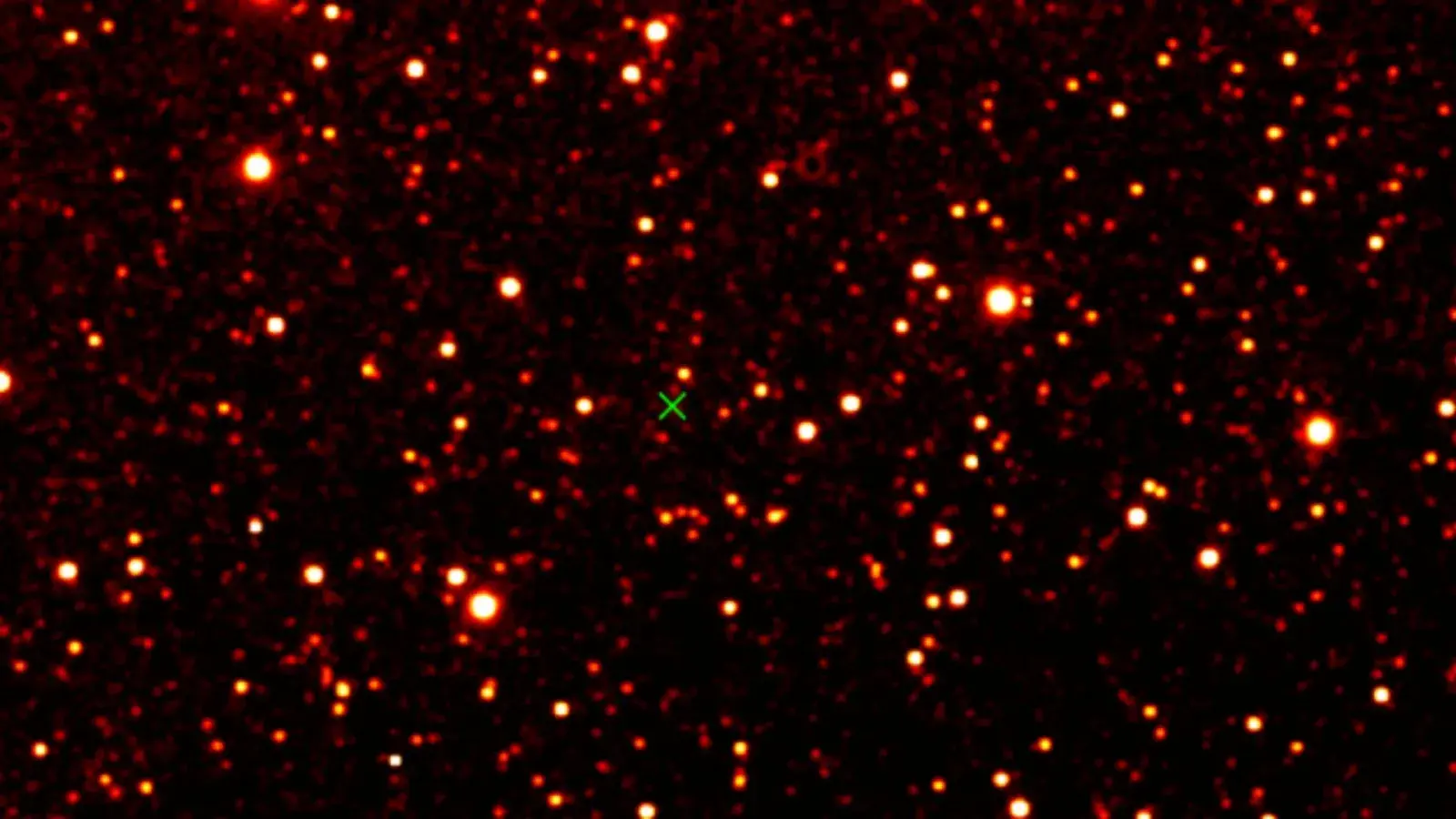A stream of charged solar particles is expected to light up the skies over parts of the U.S. on Tuesday night, with space weather forecasters predicting that the aurora borealis could become visible in several states due to geomagnetic activity triggered by a solar storm.
The National Oceanic and Atmospheric Administration (NOAA)’s Space Weather Prediction Center (SWPC) has forecast minor to moderate geomagnetic storms on October 29 as a result of a coronal mass ejection (CME) followed by a high-speed stream of solar wind.
This solar activity could allow the northern lights to be seen much farther south than usual, depending on local viewing conditions.
The aurora borealis, or northern lights, is a natural light display caused by the interaction between solar wind and Earth’s magnetic field. When high-energy solar particles collide with oxygen and nitrogen in the atmosphere, they release energy in the form of visible light, creating shimmering waves of green, pink, red and purple in the night sky.
According to the SWPC’s aurora forecast map, as many as 12 U.S. states may fall within the aurora view line.
These include Alaska and northern areas of Idaho, Maine, Michigan, Minnesota, Montana, New York, North Dakota, South Dakota, Washington, Wisconsin and Wyoming.

The northern lights can often be observed from just after sunset or just before sunrise, from as far as more than 600 miles away when the aurora is bright and if conditions are right.
The forecast suggests that the impact of high-speed solar wind and CME could produce G1 (minor) or possibly G2 (moderate) level storms, more than sufficient to produce visible auroras at higher latitudes.
While such geomagnetic activity is not harmful to people on Earth’s surface, it can cause minor disruptions to satellite systems, power grids and radio communications by disturbing Earth’s magnetosphere.
SWPC's predictions were made through the OVATION model, which can provide short-term forecasts of an aurora's intensity by analyzing solar wind and interplanetary magnetic field conditions using a spacecraft. OVATION uses the maximum forecast geomagnetic activity (Kp) between 6pm and 6am Central Time.
For those hoping to view the northern lights, visibility will depend on a range of conditions including clear skies, minimal light pollution and a north-facing view.
Despite the favorable forecast, auroral displays remain difficult to predict with precision. Being located within the auroral zone does not guarantee visibility, and observers are advised to check local sky conditions to increase their chances.
Do you have a tip on a story that Newsweek should be covering? Do you have a question about solar storms? Let us know via science@newsweek.com.






















